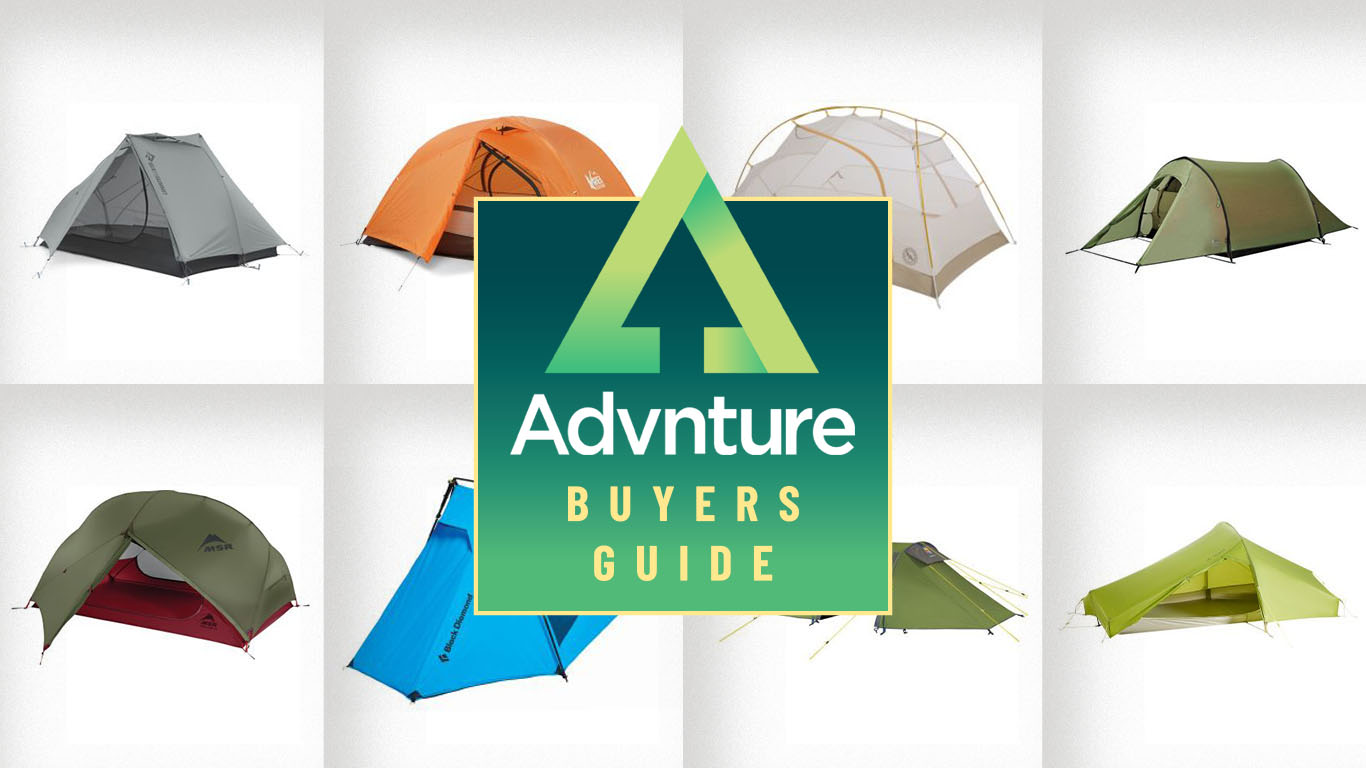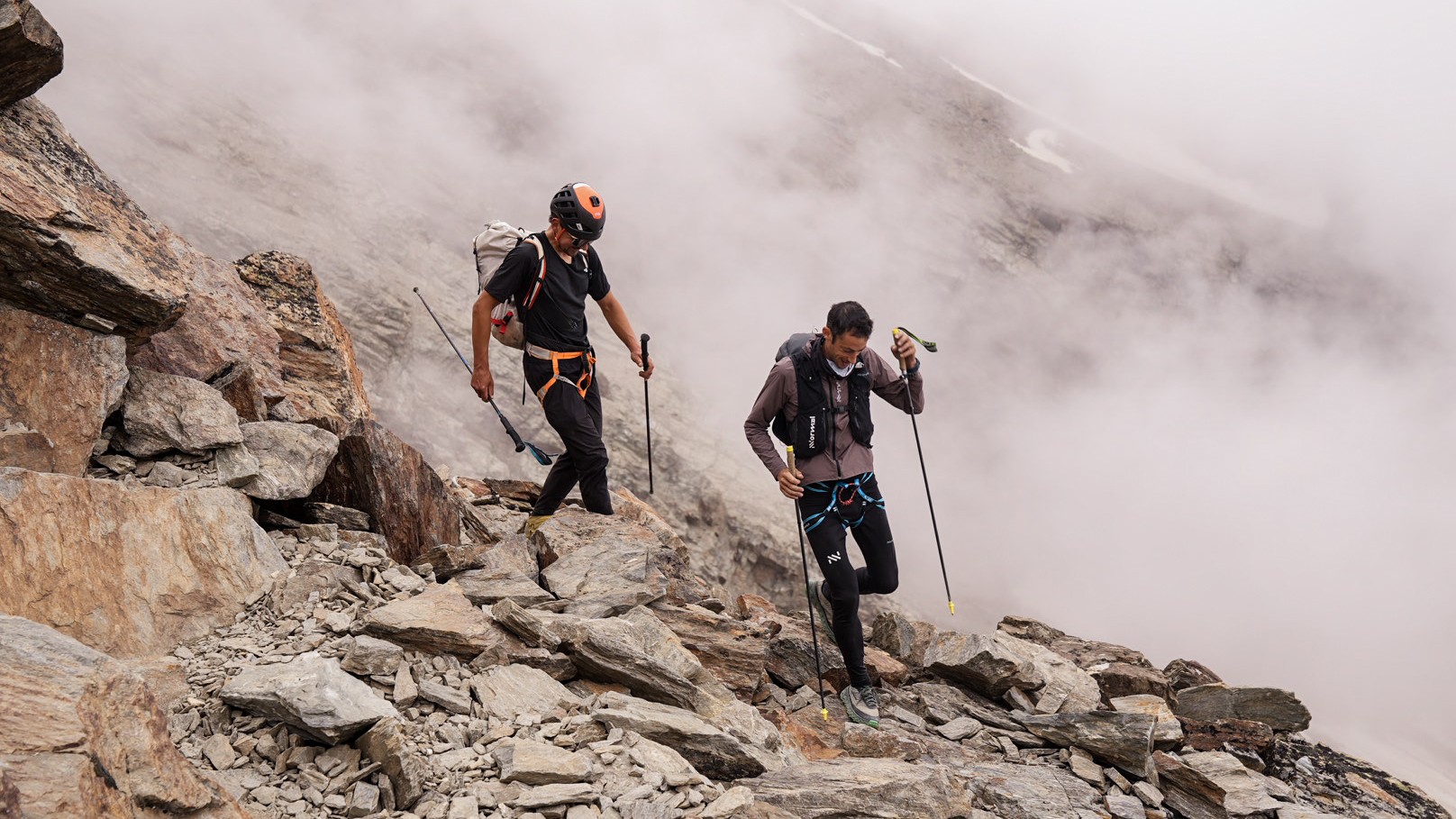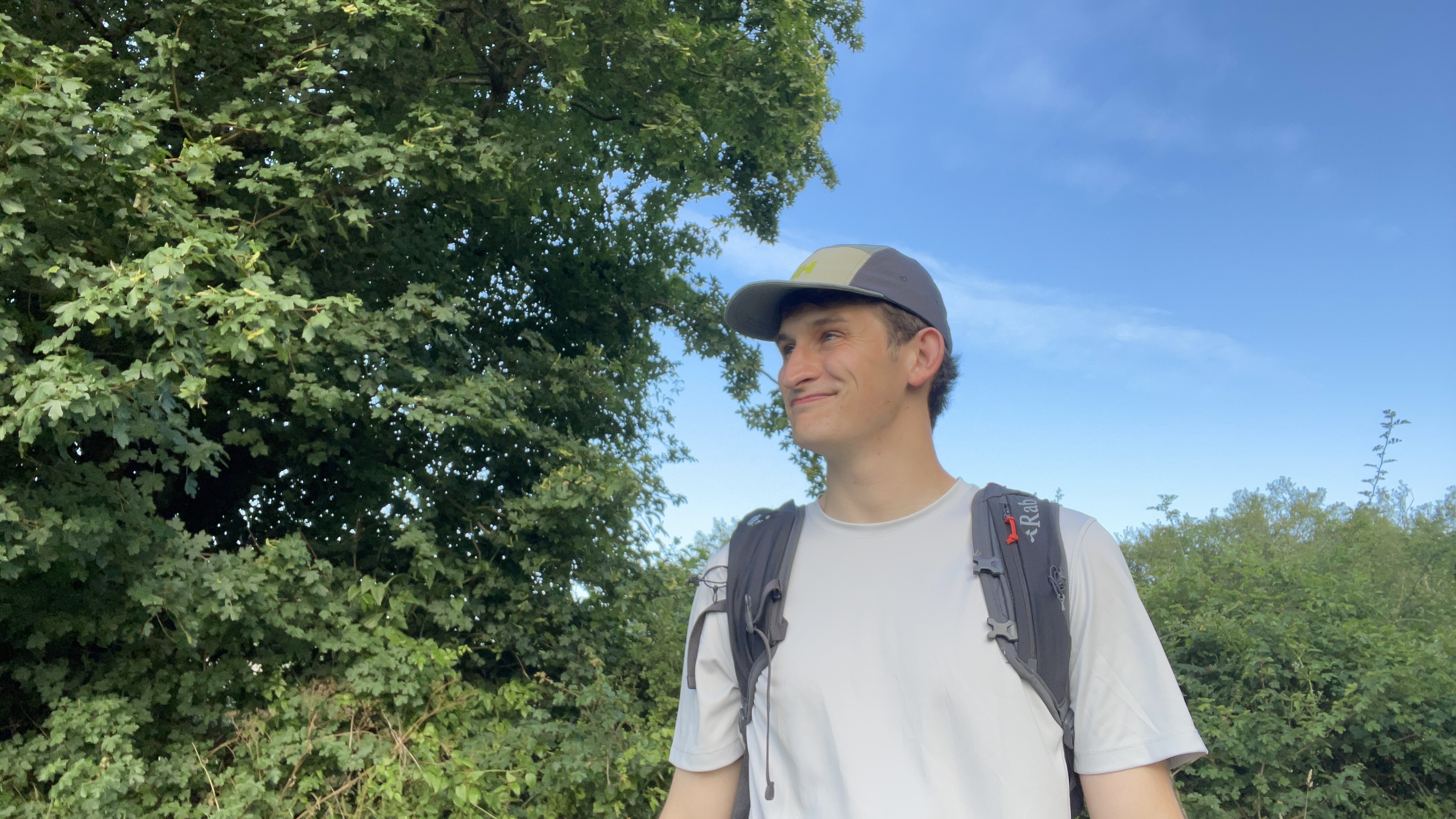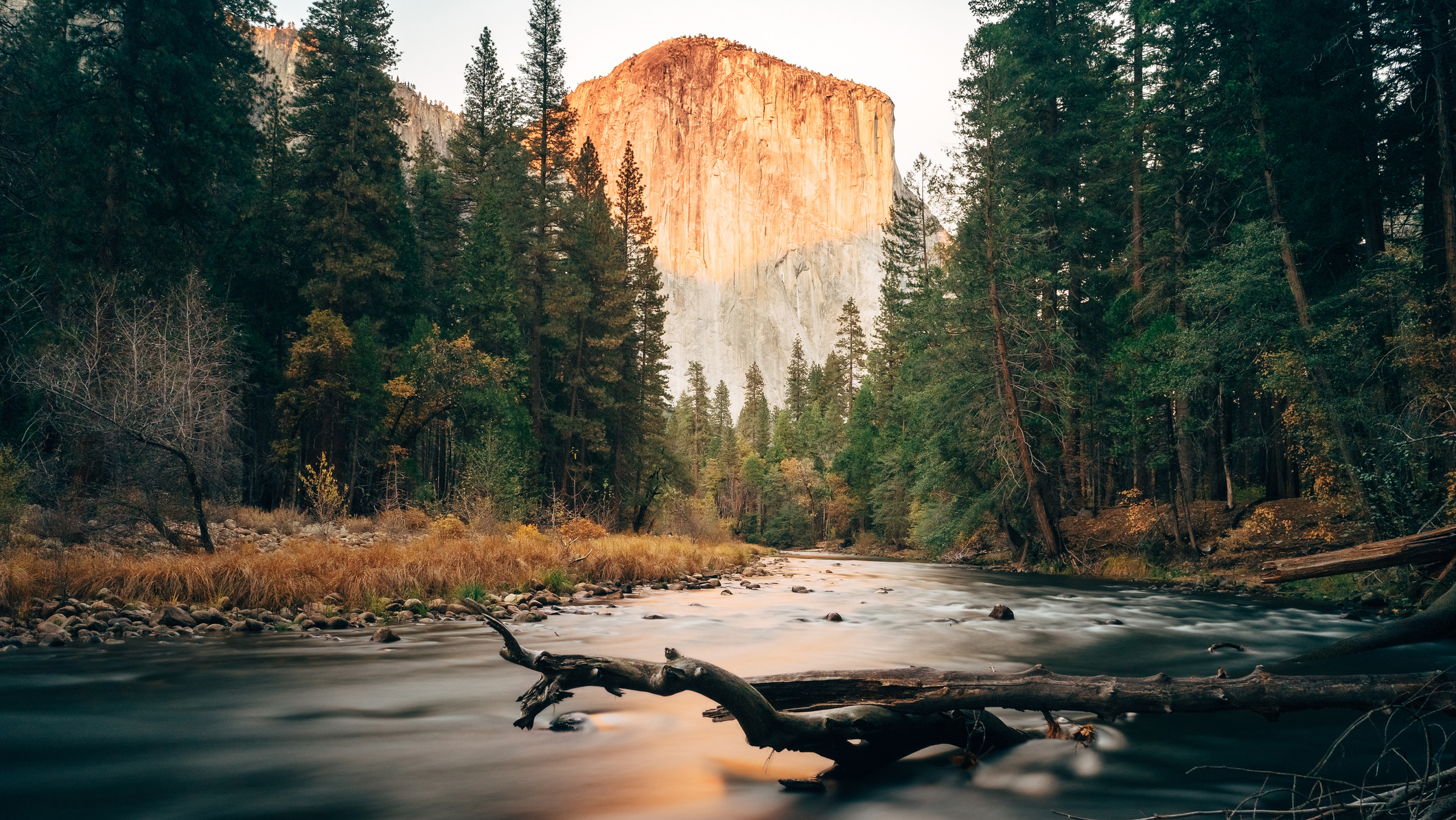
These rugged new women's hiking boots from The North Face give the Hoka Kahas a run for their money, and they're a massive 30% off right now
Deals These popular boots are down to just $140 in The North Face's end-of-season sale
All the latest inspiration, tips and guides to help you plan your next Advnture!

By Claire Maxted, Pat Kinsella last updated
The best running poles for tackling tricky terrain are lightweight, compact and easy to assemble, collapse and carry

By Rosee Woodland last updated
Riverbeds, rocks, rapids, reefs, rudders... the best water shoes to protect your feet from blue-space hazards

By Matthew Jones last updated
Our selection of the best 2-person tents are highly portable and give reliable shelter for your backcountry expeditions

By Will Symons published
This excellent Helly Hansen top for hiking and running combines a comfortable fit with top-tier breathability and reliable moisture-wicking capability, so you can shed sweat while you move

By Will Symons published
This excellent Helly Hansen top for hiking and running combines a comfortable fit with top-tier breathability and reliable moisture-wicking capability, so you can shed sweat while you move

By Julia Clarke published
Garmin is the gold standard of satellite communicators, and this device helps you head into the backcountry with confidence

By Will Symons published
The National Park Service is struggling through a busy summer, after thousands of employees lost their jobs or took redundancy

By Julia Clarke published
Meet the Patagonia Hi-Loft Nano Puff Hoody

By Will Symons published
Deals The Regatta Malawi 2 tent is a great option for beginners who don't want to spend hours scrambling around trying to pitch their tent

By Julia Clarke published
Deals Save 41% on this popular camping knife on Amazon

By Julia Clarke published
The man's strangled cries were mistaken by nearby hikers as a call for help

By Will Symons published
Deals The Sierra Designs Nomad 4 combines plenty of space with a lightweight exterior that a few campers can carry around the trails

By Will Symons published
This excellent Helly Hansen top for hiking and running combines a comfortable fit with top-tier breathability and reliable moisture-wicking capability, so you can shed sweat while you move

By Claire Maxted, Pat Kinsella last updated
The best running poles for tackling tricky terrain are lightweight, compact and easy to assemble, collapse and carry

By Julia Clarke published
The Spanish ultra running legend plans to set off from Longs Peak in September

By Pat Kinsella published
Adventure-ready boxer briefs so breathable they’re barely there

By Julia Clarke published
Deals A wonderfully designed one-size-fits-all running pack with pole quiver and soft bottles for under $80? Yes please

By Will Symons published
With a sturdy, lightweight build, comfy fit, and water-resistant exterior, this Helly Hansen cap is an excellent all-rounder for hitting the trails

By Julia Clarke last updated
Ross and Hugo Turner plan to climb Mera Peak for a scientific and historical investigation into how mountaineering has changed over the past 100 years

By Will Symons published
The Altitude Centre is used by the world's best athletes to sharpen their bodies and prepare for the mountains – I was shattered after just one session

By Julia Clarke published
The Spanish ultra running legend plans to set off from Longs Peak in September

By Julia Clarke published
The wall is part of a £7 million development at the edge of the Cotswolds

By Will Symons published
The new Nations Grand Finale competition will pit the world's top six climbing nations against each other over four days in Fukuoka, Japan

By Julia Clarke published
Garmin is the gold standard of satellite communicators, and this device helps you head into the backcountry with confidence

By Will Symons published
New additions to the Speedo Open Water Swim range are designed for open water swimmers who want to move in comfort

By Julia Clarke published
Deals Waterproof ski gloves that provide the warmth and protection of a burlier mitt, without the bulk

By Will Symons published
The Altitude Centre is used by the world's best athletes to sharpen their bodies and prepare for the mountains – I was shattered after just one session

By Will Symons published
Special Agent Kyle Turner and rookie ranger Naya Vasquez are set to return to our screens for an action-packed second season

By Will Symons last updated
How to watch The world's best lead climbers are on their way to Madrid, Spain - here's how to catch the action wherever you are

By Claire Maxted last updated
Our selection of the best water bottles for running available right now will help you select the best one to stay hydrated

By Alex Foxfield published
The thriller series stars Eric Bana as a special agent for the National Parks Service, and Sam Neill as his boss

By Rosee Woodland, Richard Edwards last updated
As the new season heats up in South Africa’s Great Karoo region, you can catch all the action with this amazing offer from NordVPN